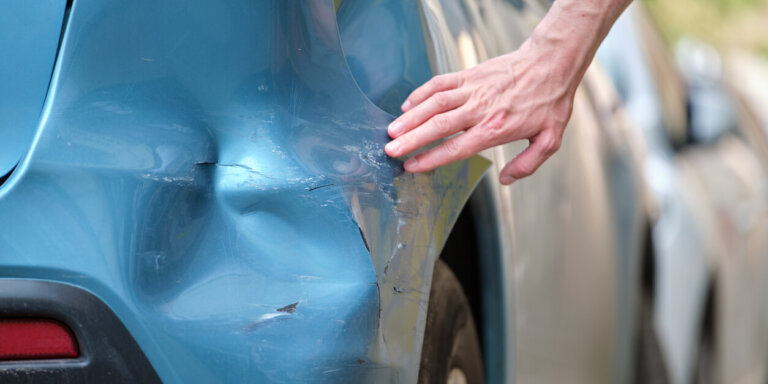Hit and run accidents are not only a distressing experience for victims but also a challenge in terms of legal recourse. When a driver flees the scene without taking responsibility, it adds layers of complexity to an already traumatic situation. In such cases, victims often wonder if they have any hope of tracking down the culprit. This article will provide crucial steps to increase the chances of identifying and locating a hit and run driver.
1. Contact the Authorities Immediately
Immediately after a hit and run accident, it’s paramount to contact the police and file a report. Not only does this create an official record of the incident, but it also triggers an investigation by law enforcement. The sooner the authorities are informed, the higher the chances they have to collect evidence, gather witness accounts, and possibly locate the responsible driver. Time is of the essence, and delaying this step could diminish the chances of finding the offender.
2. Gather All Available Evidence
Gathering evidence is a critical step in the aftermath of a hit and run. Start by taking clear photos of the accident scene, capturing any skid marks, debris, and damages to your vehicle. If there are any witnesses, obtain their contact information and brief statements about what they observed. Jotting down the time, location, and any distinctive features or details you remember about the offending vehicle can also be invaluable. This evidence not only aids law enforcement in their search but can be crucial for insurance claims and potential legal action.
3. Seek Medical Attention
Seeking medical attention after a hit and run is of utmost importance, even if injuries appear minor or are not immediately noticeable. Some injuries, like whiplash or internal trauma, might manifest symptoms later, making early evaluation essential. Prompt medical care ensures you receive necessary treatment and creates a record of injuries directly linked to the incident. Moreover, medical documentation can prove invaluable when pursuing an insurance claim or legal action against the perpetrator once identified.
4. Check Nearby Surveillance Cameras
In the digital age, surveillance cameras are omnipresent, often providing crucial evidence in hit and run cases. If the accident occurred near businesses, intersections, or residential areas, there’s a possibility that security or traffic cameras captured the incident. Approach nearby establishments or homeowners to inquire about any footage during the time frame of the accident. Reviewing this footage can potentially offer clear visuals of the offending vehicle, its license plate, or the direction it headed, aiding authorities in their investigation and increasing the chances of identifying the driver.
5. Inform Your Insurance Company
Informing your insurance company about the hit and run incident is a crucial step in the recovery process. Prompt reporting ensures that you comply with any time-sensitive policy requirements and sets the claims process in motion. Your insurance may offer coverage for such incidents, especially if you have uninsured motorist coverage. Keeping your insurer in the loop not only helps in potential compensation for repairs and medical costs but also ensures you’re safeguarded against any unforeseen legal or financial implications down the line. Your insurance is there to support you in times of distress, so utilize it.
6. Use Social Media and Community Resources
Leveraging social media and community resources can be a powerful tool in the aftermath of a hit and run. By sharing details of the incident on platforms like Facebook or Nextdoor, you can tap into the collective eyes and ears of the community, potentially leading to valuable tips or witnesses. Post clear photos, if available, and a description of the suspect vehicle without divulging sensitive personal information. Local community groups or neighborhood watch organizations might also be of assistance, amplifying your message and increasing the chances of locating the offender. In essence, community solidarity can be invaluable during such trying times.
7. Hire a Personal Injury Attorney
Hiring a personal injury attorney after a hit and run can significantly bolster your chances of obtaining justice and compensation. These legal professionals possess the expertise to navigate complex insurance claims, negotiate settlements, and, if necessary, represent you in court. An attorney can also conduct independent investigations, gather evidence, and meet with law enforcement to track down the responsible party. Engaging with an attorney ensures that your rights are protected and that you receive the best possible outcome in an otherwise challenging situation. Knowledgeable legal guidance can be the difference between a resolved case and prolonged distress.
Get Help if You’ve Been a Victim of a Hit and Run Accident
In the wake of a hit and run, taking proactive steps is paramount in seeking justice and ensuring your well-being. While the process can seem daunting, you don’t have to navigate it alone. Our dedicated team at Chatham Gilder Howell Pittman is here to support you. If you or a loved one has been a victim of a hit and run, reach out for a free consultation – we’re committed to fighting for your rights and ensuring the responsible parties are held accountable.

